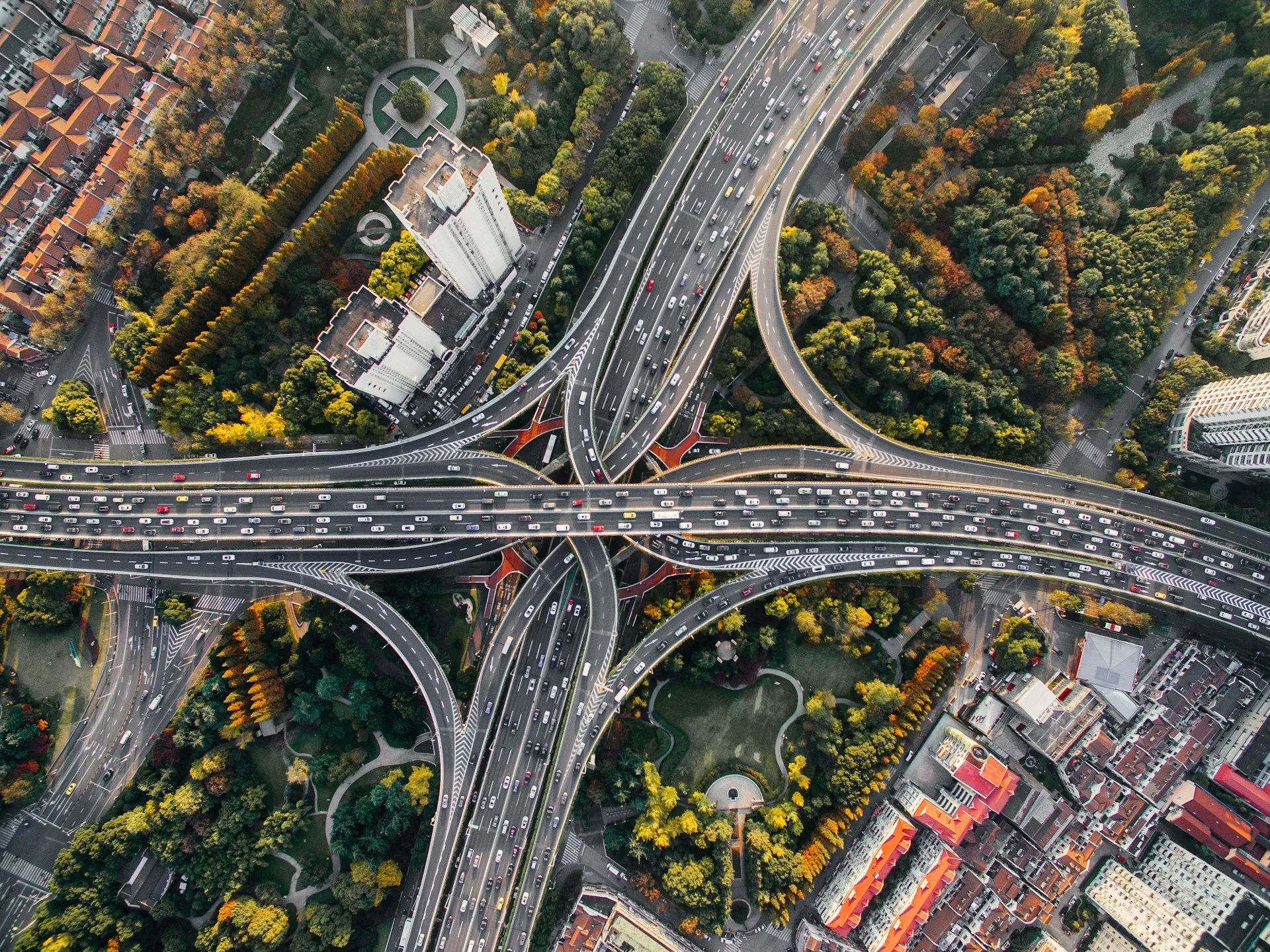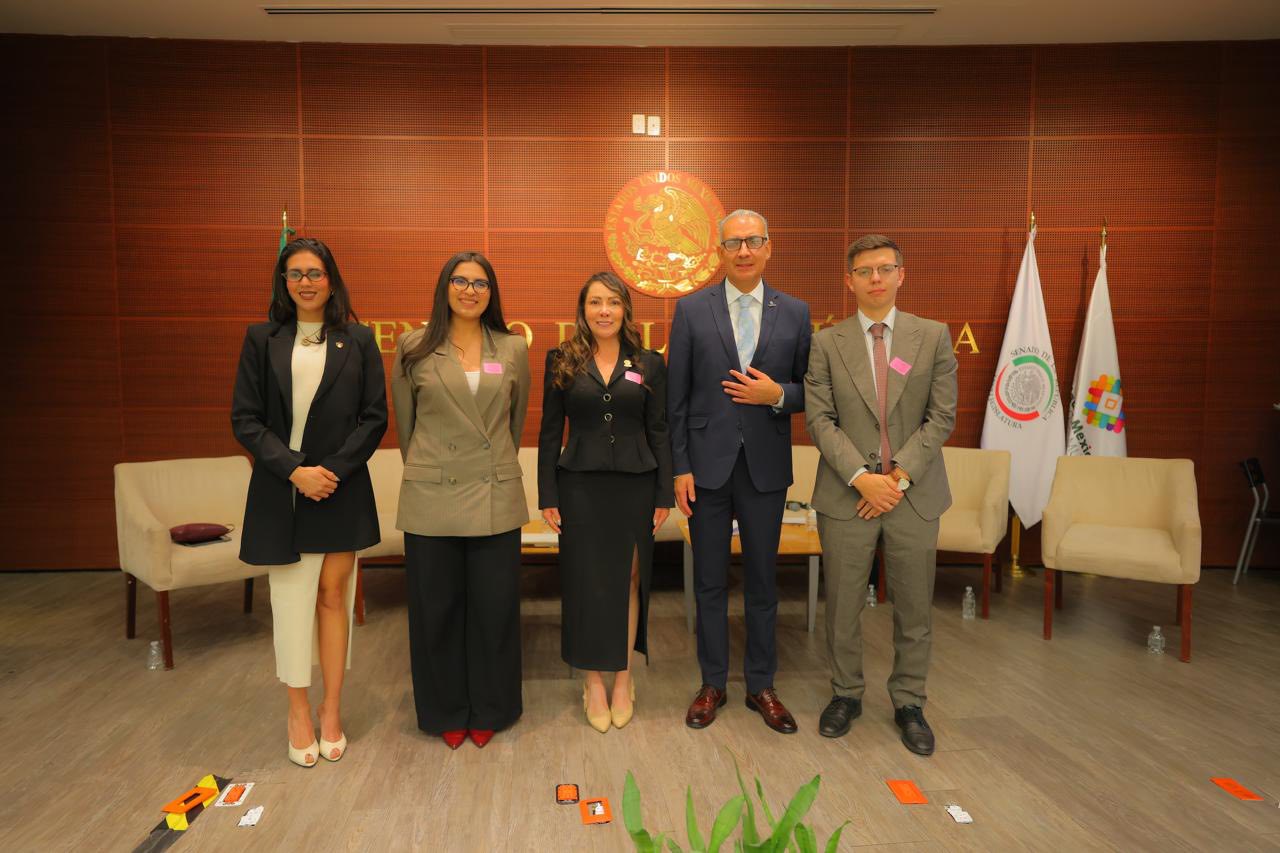Rethinking Urban Mobility

Discover insights about rethinking urban mobility and their relevance in today's dynamic business environment.
Conventional road engineering theory holds that the solution to traffic problems in cities is to build more vehicular infrastructure. In line with this idea, many Mexican cities seem to believe that the only way to solve traffic congestion is by building more underpasses, widening avenues, eliminating traffic lights, installing pedestrian bridges, or reducing sidewalks to give more space to cars.
In other words, they are still trapped in what was once the main paradigm of mobility: the greater the traffic volume, the greater the vehicular infrastructure.
This paradigm guided the mobility decisions of many cities around the world for several decades, until, over time, it was proven that, despite the expansion of road infrastructure, traffic not only did not decrease, but increased. In Mexico, there are numerous examples of cities where, despite allocating large investments to this type of work, traffic continues to increase.
Could it be, then, that there is a vicious circle in which a greater construction of road infrastructure does not reduce, but can induce greater vehicular congestion? Or why, then, does traffic continue to increase as more underpasses, second floors, and other similar works are built?
In some cases, it is argued that the increase in traffic is a result of population growth. This explanation seems logical: more people, more cars, more traffic, more road infrastructure, and so on, until reaching irreversible levels of saturation.
More Articles

Economic Losses from Cargo Theft Against Carriers in Mexico
Nov 24, 2025

When Will Bienestar Cards Be Delivered to Rita Cetina Scholarship Beneficiaries in Jalisco?
Nov 18, 2025

The Economic Value of Unpaid Domestic Work in Aguascalientes
Nov 25, 2025

"Live Commerce" Revolutionizes Sales: Up to 4000% Growth Propels Creative Micro-Entrepreneurs
Nov 18, 2025

What is Lyophilization and Why is it Boosting Exports in Guanajuato?
Nov 14, 2025

What Does Leading the Network of Heritage Cities Mean for Guanajuato?
Nov 27, 2025
